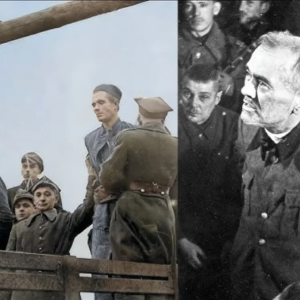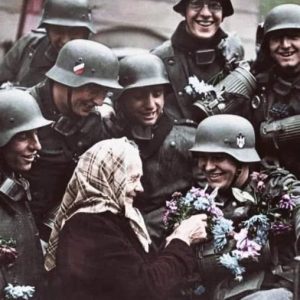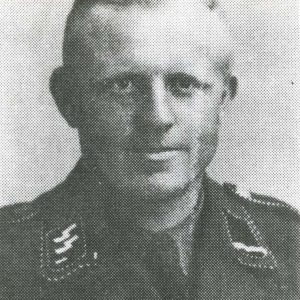
CONTENT WARNING: This article discusses the Holocaust in Hungary and the post-war execution of a war criminal. Purpose: historical education and remembrance only.
Budapest, 22 August 1946 – Execution of Döme Sztójay – the Prime Minister who sent 440,000 Hungarian Jews to Auschwitz
In just four months and one week in power (22 March – 29 August 1944), Döme Sztójay turned Hungary into one of the most efficient killing machines of the Final Solution.
From pro-German ambassador to puppet prime minister
Born Dimitrije Stojaković in 1883, Sztójay rose through the Austro-Hungarian army and served as Hungary’s ambassador to Berlin from 1935 to 1944, forging close ties with Ribbentrop, Himmler, and Eichmann.
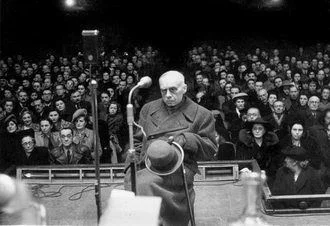
On 19 March 1944 Germany occupied Hungary (Operation Margarethe).
Hitler demanded a prime minister who would obey without question.
Sztójay volunteered.
Within days he:
Legalised the fascist Arrow Cross movement
Issued the most severe anti-Jewish laws in Europe at the time
Handed full authority to Hungarian gendarmes and Adolf Eichmann’s SS commando
The deadly summer of 1944
Between 15 May and 8 July 1944 – in just 54 days – over 440,000 Hungarian Jews were forced onto cattle wagons, an average of 12,000–14,000 per day.
Most were sent straight to Auschwitz-Birkenau.
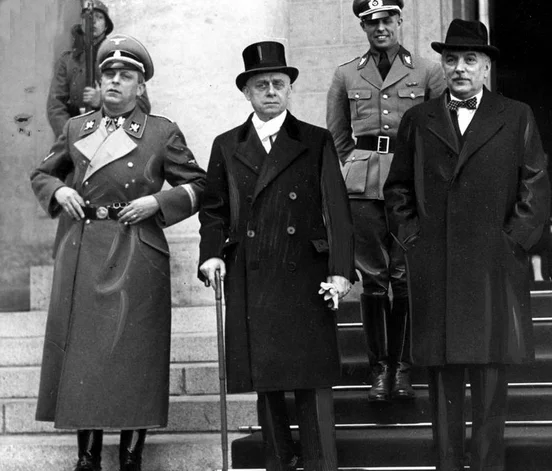
Approximately 330,000 were murdered immediately upon arrival – one of the fastest deportation and extermination operations in Holocaust history.
Despite appeals from Horthy, the Vatican, Sweden, and Switzerland, Sztójay remained adamant:
“It must be completed before the Allies land.”
Post-war justice
After the fall of the Arrow Cross regime, Sztójay was arrested by Allied forces in Germany and extradited to Budapest.
The Budapest People’s Tribunal tried him from March to August 1946.
Survivor testimonies and German-Hungarian documents were overwhelming.
On 21 August 1946 he was sentenced to death for war crimes and crimes against humanity.
On the morning of 22 August 1946, at the Markó Street firing range in Budapest, Döme Sztójay was executed by firing squad.

His death could not bring back the 440,000 who boarded the trains in the summer of 1944.
But it stood as a declaration that those who wield state power to order genocide – whether ambassador or prime minister – will ultimately face justice.
Today, on the banks of the Danube in Budapest, the Shoes on the Danube Bank memorial – sixty pairs of iron shoes facing the river – remembers both those shot into the water and those loaded onto trains under Sztójay’s government.
We remember his name not to curse, but to remind the world:
When those in power choose evil, an entire nation can be destroyed in a matter of months.
